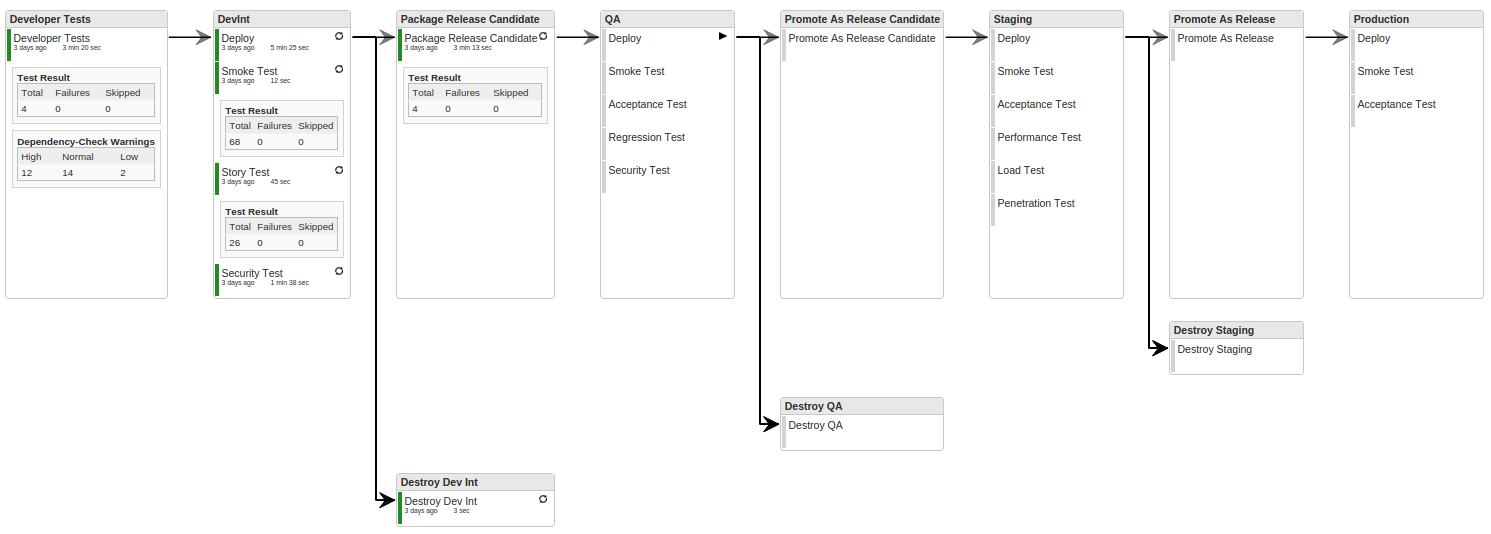Whether you’re setting up a VPN server or establishing SSL certificates for your internal websites, there are a lot of reasons to consider setting up your own certificate authority (CA) for your organization. On my current project, we ran into the former situation and quickly realized the widely recommended default of setting up a separate […]







